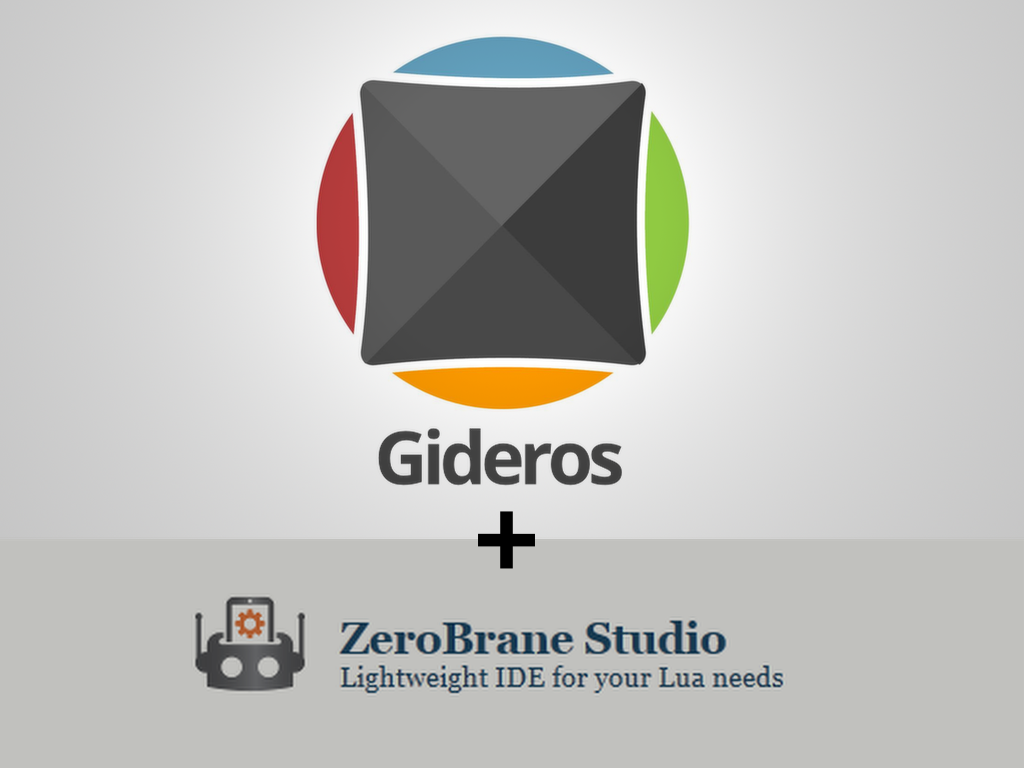

VMClarity provides agentless detection and management of software bill of materials (SBOM), and because it is agentless, cloud-native security and observability on VMs are enhanced without writing or modifying any code, Cisco stated. The OpenClarity project includes the newly announced VMClarity, which lets developers tackle the vulnerabilities of using virtual machines in cloud-native environments. “By establishing a common language for developers and DevSecOps to address weaknesses in APIs, API Insights fosters more effective collaboration between teams – breaking down traditional silos, which often slow productivity and time to resolution when issues occur,” Francisco stated.Ĭisco also supports API development through the OpenClarity project, which is a suite of open-source API tools for cloud-native security and observability. They can also easily see version history, changelogs, backward compatibility, breaking changes between versions, and more,” wrote Grace Francisco, vice president of developer relations strategy and experience at Cisco, in a blog about API Insights. Developers can quickly see if their APIs meet their organization’s quality and security standards. “API Insights provides information to developers as they work.
GIDEROS API DOCUMENTATION MANUAL
The project promotes the OpenAPI Specification (OAS), a vendor-neutral, open description format for REST APIs that’s governed by the Linux Foundation and is meant to allow business applications to share information with home-grown or third-party applications over the internet.ĪPI Insights lets organizations and developers track and improve API quality consistently, and with a level of detail and transparency that is impractical through manual processes, Cisco stated.

Future backward compatibility is planned for ThousandEyes API, Cisco Spaces API, AppDynamics Cloud APIs, Cisco DNA Center API, NSO Northbound API, Crosswork CNC API, and Cisco SD-WAN (vManage) API.Ĭustomers can find the APIs and documentation for the different product lines at the site, Grace noted.Īnother part of Cisco’s API push is its support of API Insights, an open-source project that lets developers assess technical issues, documentation completeness, and quality concerns with APIs before production, Gentle says. “The idea is that we are making something that customers and developers know will last for a long time, that they can build a business on.”Ĭisco initially promised backward compatibility for several of its core offerings, including Meraki Dashboard API, Cisco Identity Service Engine (ISE) API, Nexus Cloud API, SecureX Threat Response API, Cloud Security Open APIs, Cisco Partner Experience (PX) Cloud API, and Webex API. We are saying we won’t change this particular API, and if we do, we’ll notify you and we'll give you another option,” Lorenzetti said.

GIDEROS API DOCUMENTATION CODE
“Developers want an API to last for years, so that they can continue writing code and the code keeps working. Design, documentation, and support processes for strategic Cisco APIs are built around backward compatibility, and that includes implementation of changelogs, appropriate notification timelines for any API changes, deprecation notices, and API versioning, according to Alicia Lorenzetti, global ecosystem and marketplace leader with Cisco Meraki. “API First means the API is treated like a product, so organizations should expect quality and they should expect to be able to build on top of this and trust that it's going to work,” Gentle said. “APIs are absolutely the future.”īackward compatibility is a key part of API First so that enterprises can be confident that Cisco APIs will continue to work with every versioned software release. Last year, Cisco announced its API First strategy, which prioritizes API development in all Cisco products to ensure efficient communication among applications, services and systems.


 0 kommentar(er)
0 kommentar(er)
